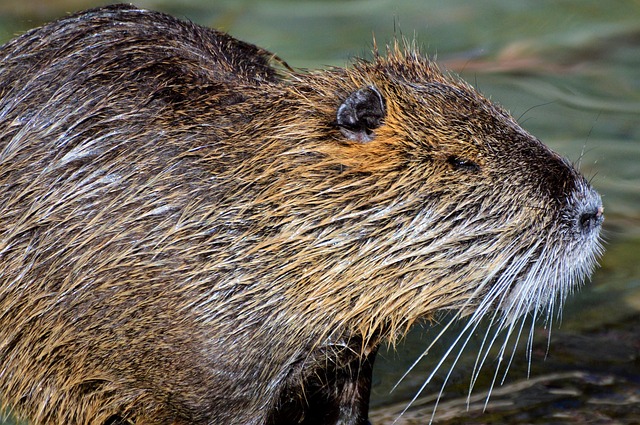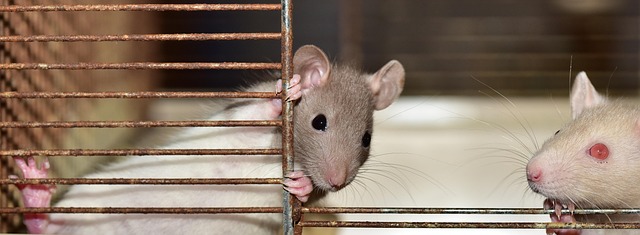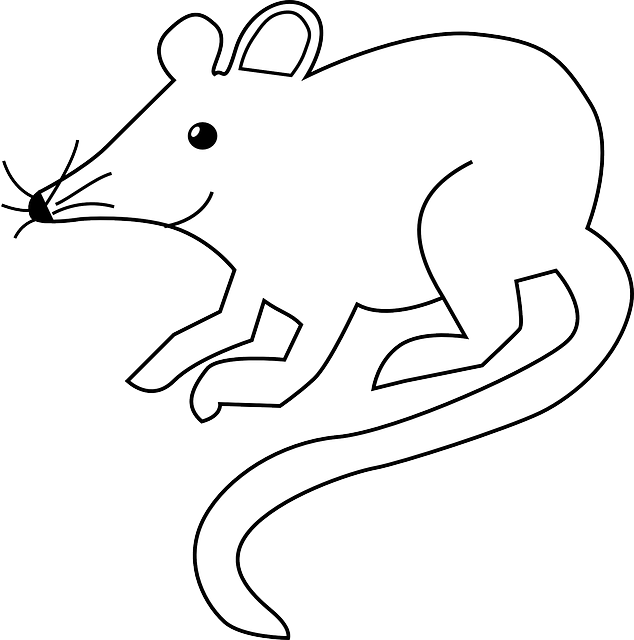Mastering Rat Prevention: Comprehensive Tips for Property Owners

Rats thrive in urban environments due to easy access to food, water, and shelter. To prevent rat inv…….
Understanding Rat Infestation Inspections and Control
Rat infestations pose significant health and property risks, necessitating comprehensive inspections and control measures. These inspections involve identifying the presence of rats, assessing the extent of their infestation, and determining the most effective strategies for eradication and prevention. Control measures are then implemented to eliminate existing populations, prevent future infestations, and monitor ongoing conditions.
Introduction
Rat infestations are a pervasive global issue, affecting urban centers, rural communities, agricultural sectors, and even food storage facilities. The repercussions of an unchecked rat population extend beyond structural damage to include the spread of diseases such as Leptospirosis, Salmonellosis, and Lymphocytic choriomeningitis (LCM). This article delves into the intricacies of rat infestation inspections and control, providing a comprehensive overview of the practices, technologies, policies, and economic impacts involved. Readers will gain valuable insights into how to effectively manage and prevent rat infestations, understand their global impact, and learn about future trends in this field.
Global Impact and Trends
Rat infestation inspections and control efforts are critical worldwide due to the destructive nature of these pests. The global impact is evident in both developed and developing nations, with urbanization and climate change influencing rat populations and their spread. In cities like New York and Mumbai, rodent populations have reached crisis levels, necessitating innovative solutions and coordinated efforts between local governments, pest control services, and communities.
Economic Considerations
The economic implications of rat infestations are substantial. They impact agriculture by destroying crops, contaminating food supplies, and spreading disease, which can lead to loss of livelihood for farmers and increased healthcare costs. Additionally, the pest control industry itself is a significant economic sector, with investments in research and development, training programs for exterminators, and the manufacture of traps, baits, and monitoring devices.
Technological Advancements
Recent technological advancements have significantly improved rat infestation inspections and control. Innovations such as non-toxic baits, advanced trapping mechanisms, thermal imaging for detection, and drones for surveying large areas have enhanced the effectiveness of control measures. These technologies not only make the process more humane but also reduce the potential for secondary contamination of the environment.
Policy and Regulation
Policies and regulations governing rat infestation inspections and control vary by region but are increasingly focused on sustainable and environmentally friendly practices. International bodies such as the World Health Organization (WHO) provide guidelines to minimize the use of harmful chemicals, while local governments enforce compliance with health and safety standards. These regulatory frameworks aim to balance the need for effective rat control with environmental conservation and public health protection.
Challenges and Criticisms
The challenges in rat infestation inspections and control include resistance to traditional pesticides, legal restrictions on their use, and the difficulty of reaching rats in hard-to-access areas. Criticisms often center around the potential for non-target species harm, the environmental impact of chemical treatments, and the sustainability of long-term control measures. Addressing these issues requires a multifaceted approach that combines effective detection methods with targeted and humane eradication strategies.
Case Studies
Several case studies illustrate successful rat infestation management initiatives. In Chicago, an integrated pest management (IPM) approach combining bait stations, sealing entry points, and community education campaigns significantly reduced the city’s rodent population. Another example is Singapore, where strict regulations and proactive surveillance have kept rat infestations at bay. These case studies demonstrate the effectiveness of tailored, multifaceted strategies.
Future Prospects
The future of rat infestation inspections and control is likely to be shaped by advancements in biotechnology, artificial intelligence, and machine learning. These tools will enable more precise targeting of rat populations and the development of novel baits and traps that can adapt to changing environmental conditions. The focus will also shift towards preventing infestations before they occur, through better waste management practices and urban planning strategies.
Conclusion
Rat infestation inspections and control are integral to maintaining public health, protecting agricultural resources, and safeguarding structural integrity. This article has explored the multifaceted nature of this field, from historical context to future prospects. By understanding the complexities of rat behavior, leveraging technological advancements, and adhering to sound policies and regulations, we can effectively manage and control rat populations worldwide.
FAQ Section
What are the signs of a rat infestation?
Infestations are often indicated by droppings, gnaw marks, Grease marks along walls, the smell of urine, or actual sightings of rats.
How do I prevent a rat infestation?
Prevention includes proper waste disposal, sealing entry points, maintaining clean living and working spaces, and eliminating sources of food and water.
Are there non-lethal rat control methods?
Yes, non-lethal methods include traps that capture rats without harming them, exclusion techniques to prevent entry, and birth control baits that reduce population growth.
What are the health risks associated with rats?
Rats can carry a variety of diseases, contaminate food sources, and cause structural damage, which can lead to health hazards including illness and injury.
How much does professional rat control typically cost?
The cost can vary widely based on the severity of the infestation, location, and method used. It’s best to consult with a professional pest control service for an accurate estimate.

Rats thrive in urban environments due to easy access to food, water, and shelter. To prevent rat inv…….

Rat infestations can quickly spiral out of control, impacting both homes and businesses. Early detec…….

Early detection is key to managing rat infestations, which often go unnoticed until significant dama…….

Rat infestations in homes and businesses pose significant risks due to property damage and health ha…….

Understanding rat behavior is key to effective commercial rat control. Rats enter buildings through…….

Rats in urban environments require strategic and humane management. Professional control should focu…….

Rats infiltrate homes through hidden access points, making proactive eco-friendly rat removal crucia…….

Commercial properties require tailored rat control solutions due to their unique vulnerabilities. Ef…….